How Indian food lifestyle differs from others
If I were to think of four words to describe the typical Indian food lifestyle, I would say: Healthy, diverse, tasty and healthy. Cooking three, fresh meals per day is a norm in the majority of Indian households. Let us make you aware of some key facts that make Indian food lifestyle different from others.
Eating with our hands
This practice seems to be getting practically extinct these days. However, you can still find people having prasadam or Langar with their hands. The roots of this practice lie in Ayurveda. It is believed that each finger represents a different element of the World, that is space, fire, water, earth and air. Also, feeling the food texture and temperature wise with our fingers, stimulates the nerve endings. This signals our brain to release digestive juices in the stomach. When you eat with your hands, you are more mindful and conscious of your food. Therefore, you enjoy its aroma and taste better and this leads to better digestion of the food, as well. You are also supposed to chew your food properly and sit with crossed legs on the floor so that maximum blood flow reaches your digestive system while eating.
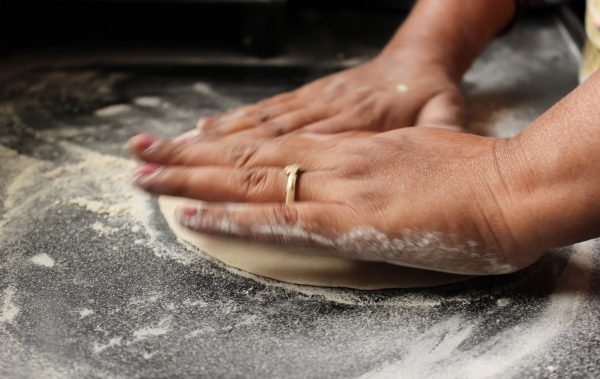 We prefer to cook food rather than eat processed or packaged food
We prefer to cook food rather than eat processed or packaged food
Everybody knows that packaged/ canned or processed food has lots of additives, flavouring agents, artificial sweeteners and preservatives. Having to consume so many synthetic chemicals is in no way healthy in long-term. Chemicals are not meant to be consumed! Therefore, in India, it has always been a practice to cook raw vegetables, grains and pulses. You would rarely find people eating out of the packet.
These days, the lifestyle preferences and practices are changing due to lack of time because of professional pressures but the majority of Indian households are still into cooking three meals a day for all the family members.
 Homemade food is considered better in India
Homemade food is considered better in India
Dining out is very common these days. However, if you ask anybody on their honest take on the level of hygiene that is maintained in restaurants, you would rarely find anybody fully confident about that. In a typical Indian home:
- Fruits and Vegetables are washed thoroughly with warm water and sometimes with Potassium permanganate to remove residual pesticides, fertilizers and sprays.
- These are then peeled if needed.
- Cooking is done with clean utensils and the food is served fresh.
So, there is no compromise on hygiene and sanitation. This is the very reason that people who mostly eat home-cooked meals do not get food poisoning very often as opposed to those who eat out regularly.
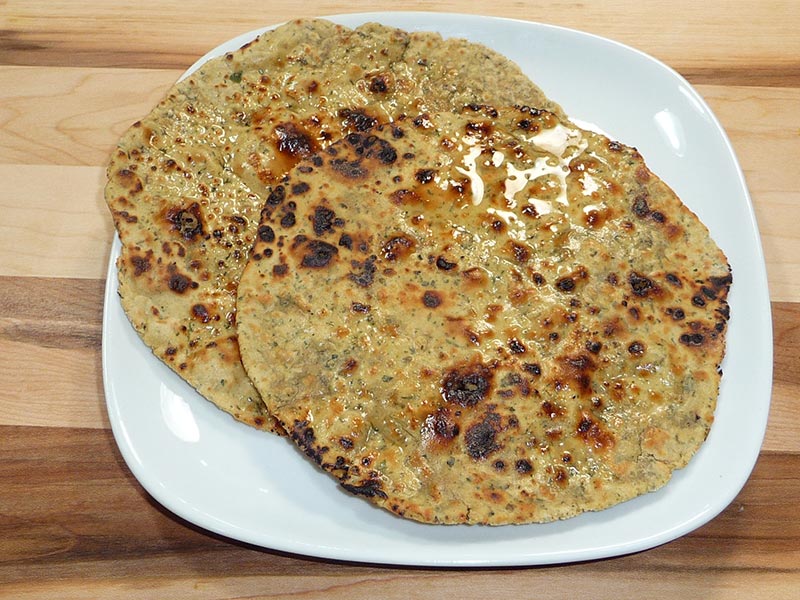 We are liberal with spices and herbs
We are liberal with spices and herbs
In any region of India, you would find that people use spices liberally and in plenty. We love spices for their aroma, taste and medicinal properties. Spices like: Cloves, Turmeric, Ginger, Black Pepper, Red Chilli powder, Cumin seeds, Cardamoms are routinely used in our home cooked food. Spices are considered healthy because of their anti-inflammatory, digestive, pain-relieving and antioxidant properties.
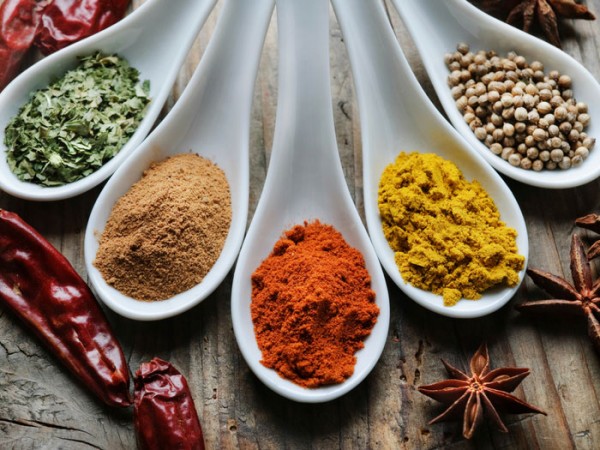 We love our indigenous fats
We love our indigenous fats
These days there are many studies which suggest that overconsumption of butter and Ghee is not good for health. However, in minimal quantities, your body actually needs some fats. Fats are needed by our body for heat generation and for effective absorption of fat-soluble vitamins like A, D, E and K. So, Ghee, White butter and Coconut oil are used in cooking in different parts of India.
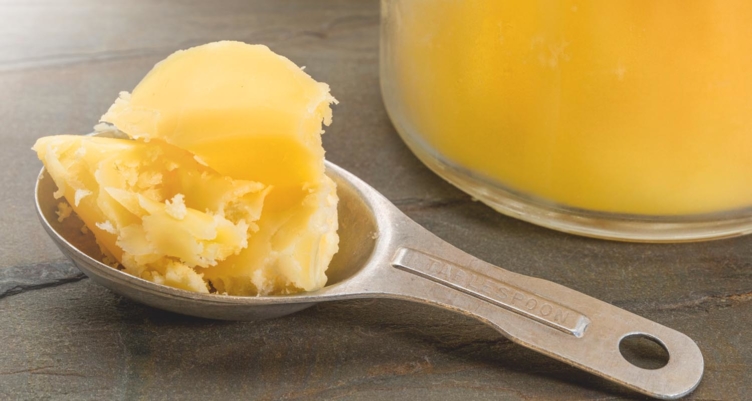 Side dishes are loved by all
Side dishes are loved by all
Side dishes including Chutneys, pickles, raita and pappadam are relished by most of Indians. Apart from making the food more flavourful, these have certain functions too! For instance: Papads or papadams are consumed at the end of the meal to absorb any excess oil that you might have consumed. Chutneys are offered prepared out of fresh ingredients like Mint, coconut, Coriander and Tomatoes to enhance taste as well as to promote digestion and supply nutrients in raw form to your body. Raita, which is basically Yoghurt helps to absorb the heat produced by chillies in your body.
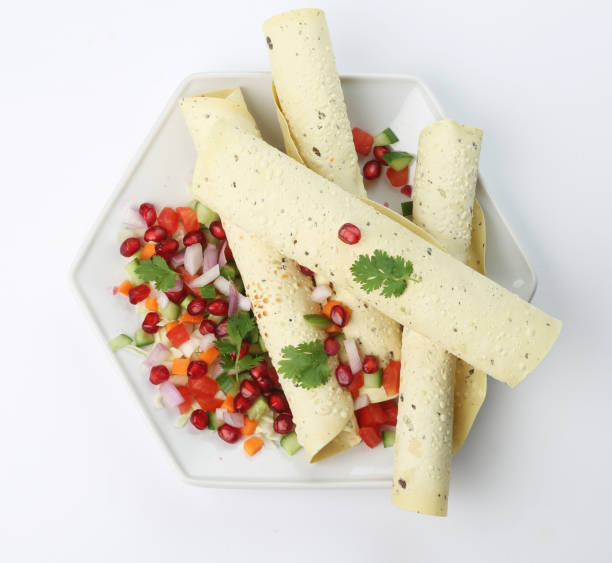 Dessert options are endless
Dessert options are endless
We have lots of dessert options from halwa to kheer to endless mithais to sheera to sewaiyan. Indians typically love sweets. Most of our desserts are made from milk, milk products or various types of flours. They might not be exactly healthy but are still savoured. It is believed that enjoying a little dessert after meals help in better digestion and serve as a source of carbs.
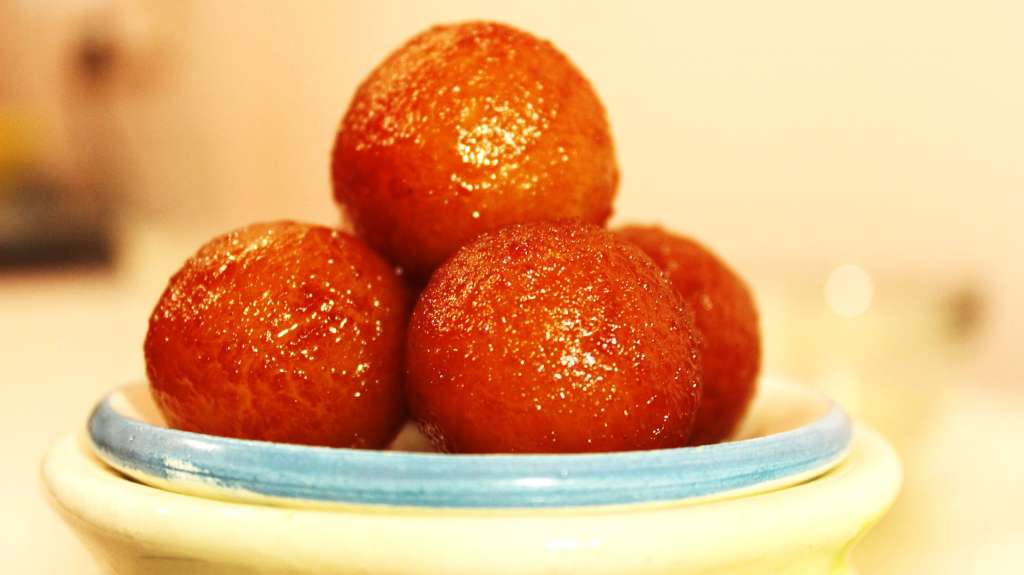 Thaali system
Thaali system
Food is typically served in thaalis. In homes, the four-course meal system is not followed. Food is served in platters. A typical platter would contain a sort of bread, cooked Rice, a bowl of dal, a sabzi/cooked vegetable, salad, a side dish and a dessert. A thali system is a scientific approach to nutrition. The bread, rice and desserts which often have a little ghee offer the carbohydrates and fats. The vegetable is full of vitamins and minerals. The fruit salad offers vitamins, minerals and fibre. The dal serves as a source of protein while the side dishes offer a host of antioxidants and digestive substances. A thali is a wholesome, balanced diet with variety at its very best!
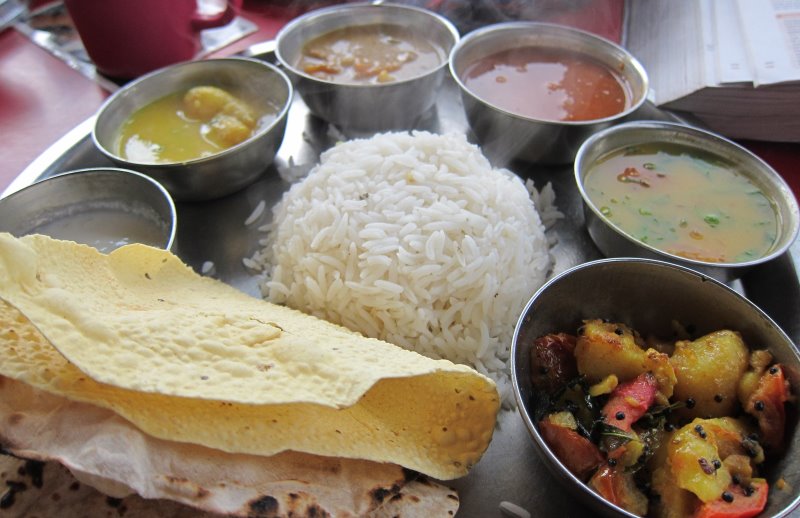 Conclusion
Conclusion
To sum it all up, the very basics of Indian food lifestyle are a variety of flavours, textures and aromas along with the use of fresh ingredients and hygienic cooking. A typical Indian meal aims at balancing all the food groups of the food pyramid to provide wholesome nutrition. Are you a fan of Indian food lifestyle, too? If yes tell us why….
Uttpal K
Copyright © Uttpal K
1. If you share this post, please give due credit to the author Uttpal K
2. Please DO NOT PLAGIARIZE. Please DO NOT Cut/Copy/Paste this post
© Uttpal K., all rights reserved.
Copyright Notice: No part of this Blog may be reproduced or utilized in any form or by any means, electronic or mechanical including photocopying or by any information storage and retrieval system, without permission in writing from the Blog Author Uttpal K who holds the copyright.
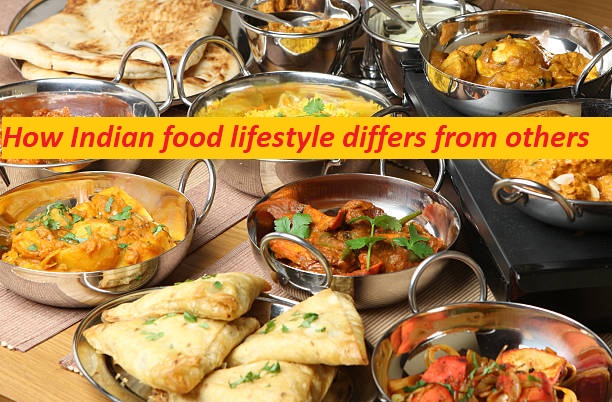





I believe our traditional Indian thali made with seasonal vegetables , dal , dahi and chapati is a balanced meal .
Yes, As long as we follow it along with the addition of some fruits which is not present in most Thali’s of India.